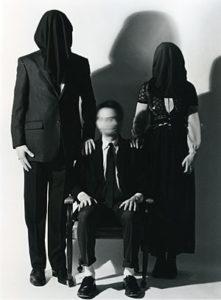Have you ever considered a career in community planning? Do you even know what “urban planning” really is?
The Wisconsin Chapter of the American Planning Association is hosting its annual conference on campus Sept. 22–23. Lawrence alumni Jen Gilchrist Walker ’00 and Jason Valerius ’97 will greet students in the Warch Campus Center, 320 Gallery (outside of the Somerset Room) on Sept. 22 between 11 and 11:45 a.m. They can tell you about their paths from Lawrence to careers in planning and answer questions about this diverse profession. If you’re interested in designing healthy communities, bike and pedestrian planning, transportation planning, urban design, architecture, landscape architecture, geographic information systems, public engagement or just about anything related to the physical design and function of the places in which we live, stop by to learn more.

